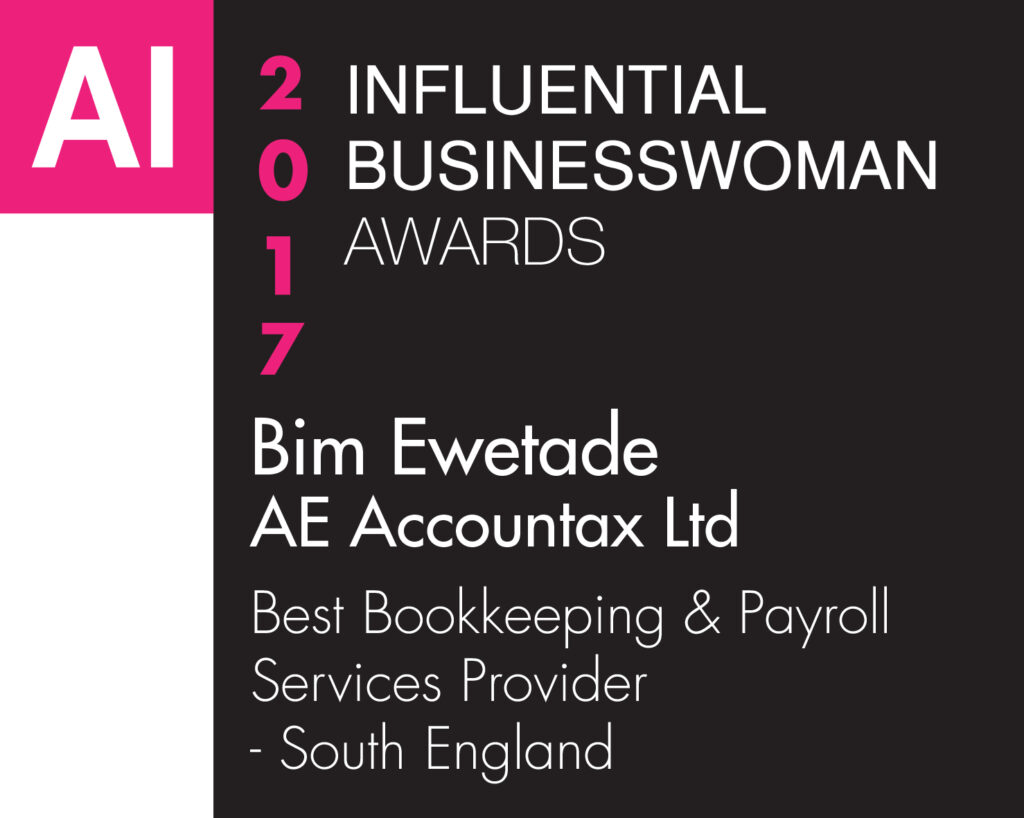If you own business or you lead a Not-For-Profit organisation, then you need to know about double-entry accounting. This system is the foundation of modern accounting, and it’s essential for understanding your financial statements.
In this blog post, we’ll introduce you to double-entry accounting and explain how it works. Once you understand this, you’ll be able to better manage your finances and make informed decisions about your organisation.
What is Double-Entry Accounting?
Double-entry accounting is a system of recording financial transactions. As the name suggests, each transaction is recorded in at least two accounts.
In one place, the transaction is recorded as credit and in another, it is recorded as a debit – we’ll get into exactly what this means later on.
A debit is an entry on the left side of an account, and credit is an entry on the right side of an account.
For example, if you take out a loan of £1,000, this will be recorded twice. Once as a £1,000 credit to your assets, and again as a £1,000 debit to your liabilities.
This system helps to prevent errors and ensures that all transactions are accounted for.
The Accounting Equation
In order to understand exactly how double-entry accounting works, you first need to understand the accounting equation.
This equation states that your assets must equal your liabilities plus your equity.
This may sound confusing, but it is quite simple. Let’s break it down:
- Assets are anything of value that you own. This could be cash, stock, equipment, or even accounts receivable (money that is owed to you by customers).
- Liabilities are anything that you owe. This could be a loan, credit card debt, or accounts payable (money that you owe to suppliers).
- Equity is the difference between your assets and liabilities.
How Does Double-Entry Accounting Work?
Now that we’ve explained the accounting equation, let’s see how it applies to double-entry accounting.
As we mentioned before, each transaction is recorded in at least two accounts. When you record a transaction, you must make sure that the debits and credits balance out. This is what ensures that your assets always equal your liabilities plus your equity (or net assets in Not-for-Profits).
Remember:
Assets = Liabilities + Equity (Net Assets)
Let’s say you’re about to start a business and you have £200 in startup money. This is an asset.
You don’t owe anyone money, so your liabilities are £0. That means your equity is also £200.
Now let’s say you order £100 of inventory. You now owe the supplier £100, so your liabilities are £100.
The £100 worth of inventory is an asset, and you still have £100 in cash, so your assets still equal £200.
If you were to abandon the business now, you’d get £100 back – that’s your equity.
Your liabilities and equity still total £200, and so do your assets.
As you can see, the accounting equation is always kept in balance with double-entry accounting.
Debits vs. Credits
It can be difficult to remember what is a debit and what is a credit, but there’s a helpful acronym to jog your memory: DEALER.
- D is for Dividends
- E is for Expenses
- A is for Assets
- L is for Losses
- E is for Shareholder’s Equity
- R is for Revenue
The first half of “DEALER” represents transactions that increase with debits, and the second half represents transactions that increase with credits.
Why is Double-Entry Accounting Important?
Double-entry accounting is important because it helps to prevent errors and ensures that all transactions are accounted for. This system is also helpful in tracking the financial health of your business/organisation.
By recording all transactions in at least two places, you can be sure that your books are balanced and accurate. This information can then be used to make important decisions about your business.
If you’re just starting out, then it’s essential that you understand the basics of double-entry accounting. This system may seem daunting at first, but it is quite simple once you get the hang of it. And once you do, you’ll be able to confidently manage your finances and make better decisions on the finance of your organisation.
Catch Up soon,
Bim Ewetade
PS | We specialise in helping charities, and businesses in the health sector (optician, optometrist & pharmacist businesses) optimise their resources, thereby, adapting, growing, and thriving. If you want to know how we can help your business or charity, then connect with Bim on LinkedIn or send an email to info@aeaccountax.co.uk








